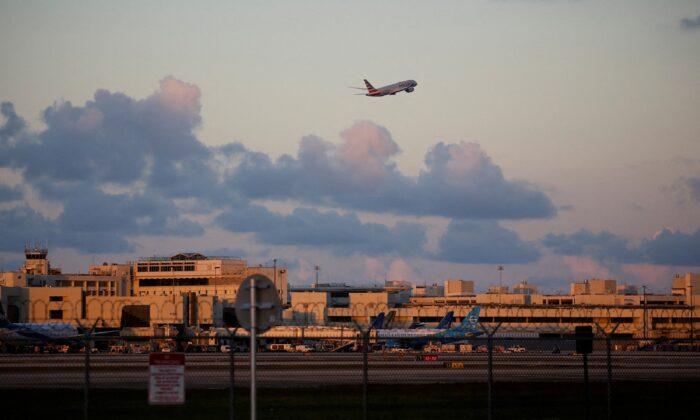The Federal Aviation Administration (FAA) is spending more than $100 million to help reduce runway incursions at airports across the country.
Funding will be used to construct taxiways, rebuild runways and install airfield lighting, among other things.
“Some airfields have complex layouts that can create confusion for pilots and other airport users,” said FAA Associate Administrator Shannetta R. Griffin, P.E. “This funding will reconfigure complex taxiway and runway intersections to help prevent incursions and enhance the safety of the National Airspace System.”
According to the FAA announcement, the top beneficiaries of the latest investment are Tucson International Airport, which will be awarded $33.1 million to construct a taxiway and “shift and rebuild runway to be further away from a parallel runway,” and San Diego International Airport, which will receive $24 million to construct a new taxiway.
Funding Specifics
Harry Reid International Airport will be awarded $13.4 million to reconfigure four taxiways, meet safety standards, move two runways, and install runway status and guard lights, the FAA said, noting that runway status lights alert pilots and others if it is not safe to enter the runway.Republic Airport will also be awarded $12.4 million.
San Jose International Airport will receive $10.8 million. Prescott International Airport will receive $7.4 million, as will Abraham Lincoln Capital Airport.
Miami International Airport will get $6 million; Bellingham International Airport $1.3 million; and Pensacola International Airport $1.17 million.
Additionally, Waverly Municipal Airport will receive $223,000 to construct a parallel taxiway, and Charles B. Wheeler Downtown Airport will be awarded $844,000 for two parallel taxiways, which will remove the need for aircraft to back-taxi on the runway, the FAA said.
‘Serious’ Runway Incidents Declining
There were 18 “serious” runway incursions in the United States in 2022, according to FAA data cited by Flying Magazine, up from the five serious incursions reported in 2010 but down from the high of 32 reported in 2007.While serious runway incidents have generally declined over the past 20 years, data for 2022 shows that there were at least 1,633 runway incursions at U.S. airports, up from the 1,372 reported in 2012.
In its announcement Tuesday, the FAA noted that it had introduced several new technologies aimed at preventing incursions and bolstering situational awareness among pilots and controllers, including improved Airport Surface Detection Equipment (ASDE)—a surveillance system using radar—and ASDE-X Taxiway Arrival Prediction to help predict when a pilot lines up to land on a taxiway.
“That’s why some of what you’re seeing are the construction of these end-around taxiways that mean one less potential conflict point where a plane lines up.”





